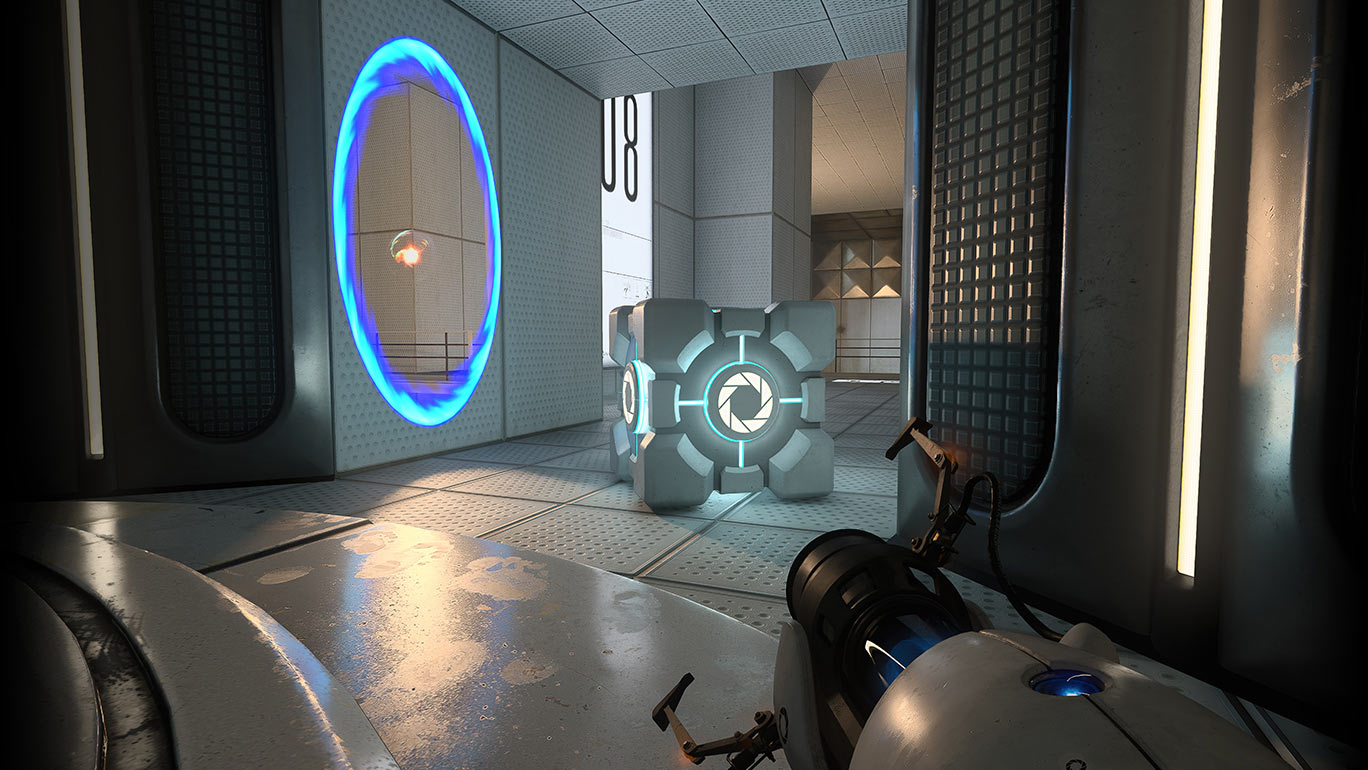
RTX On: Nvidia Data Shows Surprising Amount of Gamers Use Ray Tracing, DLSS
Do you own an Nvidia RTX graphics card, yet seldom dabble in the ray traced realms that have been promited by the green team for the last four and a half years? If so you are in the minority, according to figures released by Nvidia during the GeForce RTX 4070 launch yesterday. Moreover, it suggests that the newer your RTX GPU, the the more likely that you are to flick the RTX On switch – and the same is true for making use of DLSS upscaling / frame generation tech.

Above, you can see Nvidia’s figures for RTX On and DLSS usage across the three generations equipped with the necessary cores (RT cores and Tensor cores, respectively) to accelerate these features. It shows that initially RTX On and DLSS On were much less popular during the reign of Nvidia’s Turing architecture than in 2023 (left side image). Be aware that the February 2023 RTX 20 and RTX 30 figures are in tiny small print beneath the RTX 40 headline (and right side image), so our table helps show the clear intergenerational trend. All this data is harvested by Nvidia via its GeForce Experience software, so won’t include everyone using those GPUs.
| GeForce Series | RTX On in 2023 | DLSS On in 2023 |
|---|---|---|
|
RTX 20 |
37% |
68% |
|
RTX 30 |
56% |
71% |
|
RTX 40 |
83% |
79% |
It is understandable why RTX On is less popular on the first generation of graphics cards that support real-time ray tracing in hardware. The RTX 20 (Turing architecture) GPUs were even broadly complained about at the time for poor performance for little visual splendor. DLSS would come later, and mature to be much more appealing a few years after initial RTX 20 launch. Nowadays DLSS helps make the aging RTX 20 series feel more sprightly.
Elsewhere on the slide, Nvidia crows that from a first gen launch of just four RTX On titles in 2018, the number of games and apps now supporting this real-time ray tracing technology has climbed to 400. That isn’t all, the portfolio of RT core, Tensor core, and CUDA core accelerated graphical features has grown immensely too.

The final new slide provides a closer look at the usage of the newest RTX 40 Ada Lovelace architecture graphics cards. This shows that RTX On is a majorly popular option, and it is almost matched by players turning on DLSS. Remember that only high-end RTX 40 cards had been released at the time of the survey. We are only just getting into the mid-range with the release of the RTX 4070 yesterday.

People buying the top-end RTX 40 cards that have been available so far won’t want to just make do with graphical features turned off – after their heavy hardware investment. You don’t spend a ton on a graphics card not to use everything it offers.
One thing which isn’t very clear in the figures is how the GeForce Experience counts a user as one who has turned RTX On and DLSS On. We aren’t sure if you need to be applying these features in all compatible games, or you only have to occasionally dabble to be counted among the positive figures. It is probably best to apply some salt and skepticism to the figures overall, as companies will always positively spin data to ‘prove’ its technologies are successful.

